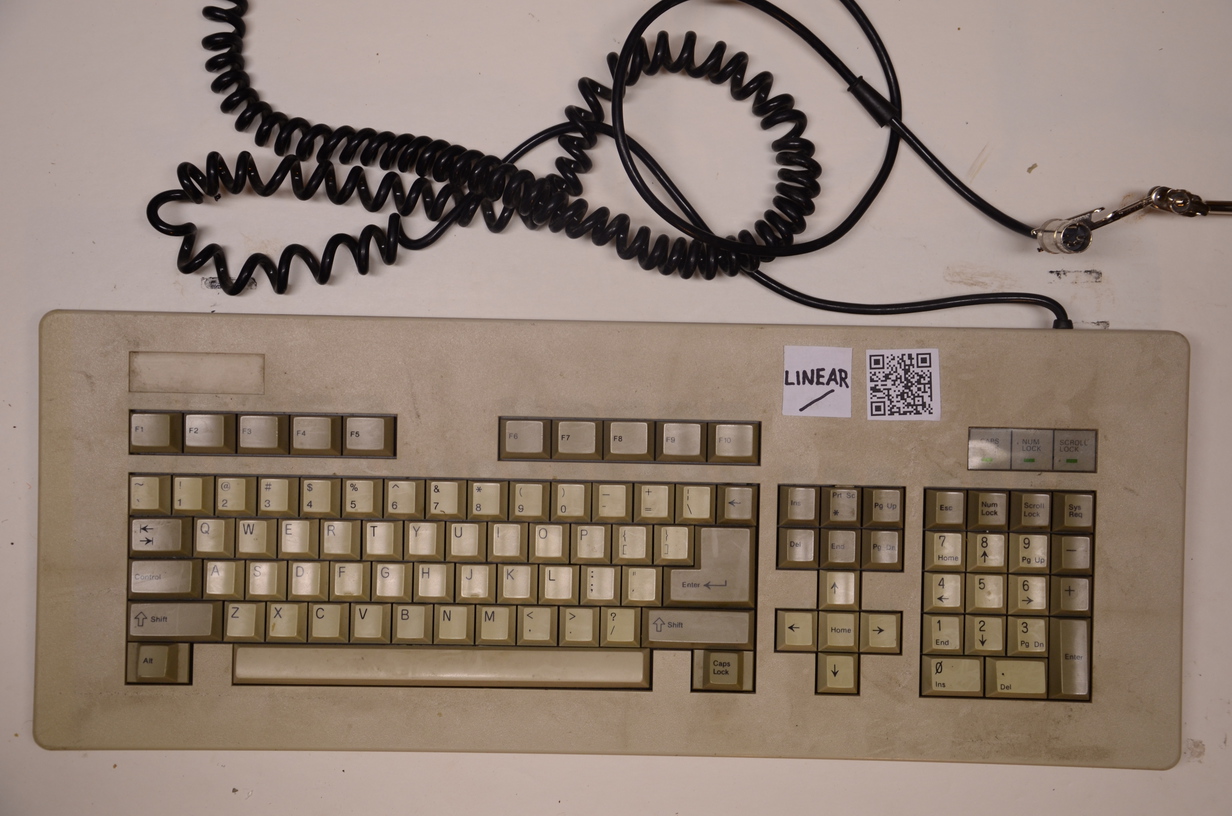I was in the process of replying to your PM but I'll pick this up here.
José, this is just incredible! I tried to ask just for clarification whether the board didn't work specifically with Soarer's converter or didn't work on native or generic converted AT/PS/2 and went to bed. Little did I know that XMIT would then get busy logic analysing the board! This is by far the most in-depth support I've ever had on a used keyboard purchase!
In short: if you want a keyboard, buy two from this guy!
rsbseb's K-155 (S/N 318138) is rev 6.1 and is now in my hands. The board has a typical XT/AT switch on top. With this set to AT, it seems to function normally like any PS/2 keyboard, working well electronically using an AT / PS/2 adapter and a "blue cube" PS/2/USB converter. Some of the switches need attention, mind. I don't yet have a Soarer converter unfortunately.
Looking at set 1 (this was used for PC/XT, right?)
http://www.computer-engineering.org/ps2 ... odes1.html
Set 1:
Key: D
Make: 0x20 (0010 0000)
Break: 0xA0 (1010 0000)
Comparing that against XMIT's K-155 S/N 309233 analysis result:
Key: D
Make: (0000 0100)
Break: (0000 0101)
On this limited evidence, it seems the sequence is either reversed, or is missing a nibble and a bit. Weird!

